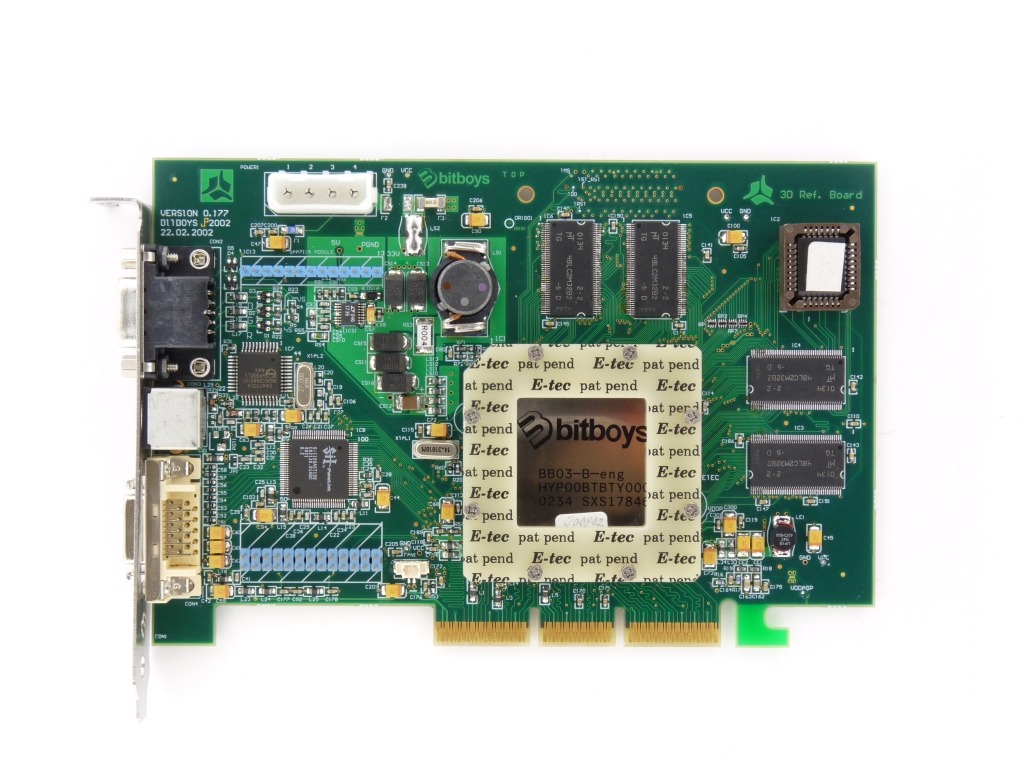Well your last excuse was interviewing b3d members for a job(took 10 days)
whats you excuse now
Could be he didn't get permission to reveal anything further. While discussing vaporware could have some technical interest for historical reasons, it'll still remain vaporware.
Series5 (just don't ask why marketing decided to call SGX also "Series5" since it's actually one generation ahead) was a high end GPU project aimed for PC/consoles and arcade systems. How any IHV's management expects to develop and engineer such a design only with miniscule resources is beyond me and IMHO the primary reason why it flundered. In that regard it's highly unlikely any IHV to want to dig out any of their corpses well hidden in the basement.
The lesson IMG probably learned (and some of us following them through the years) is that they aren't and most likely won't be (for many years to come) able to risk another (single chip) high end design. IP is still not and likely never will be ideal for the standalone GPU markets, unless major changes occur in those which aren't all that likely.
The only other thing I can gather out of this thread is that the PMX590 was real and not just some mythical on paper design. Series4 was shelved after ST Microelectronics shut down its graphics department and Series5/PMX590 was most likely already in an advanced development stage at this point. IMG's turn to concentrate on the embedded market starting with MBX was the best tactical decision they ever made since the company started out as Videologic.





